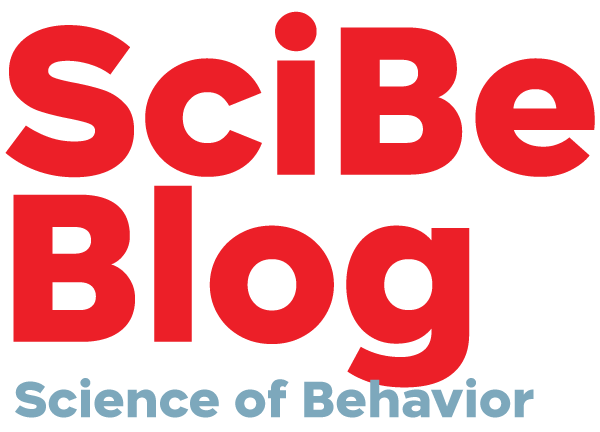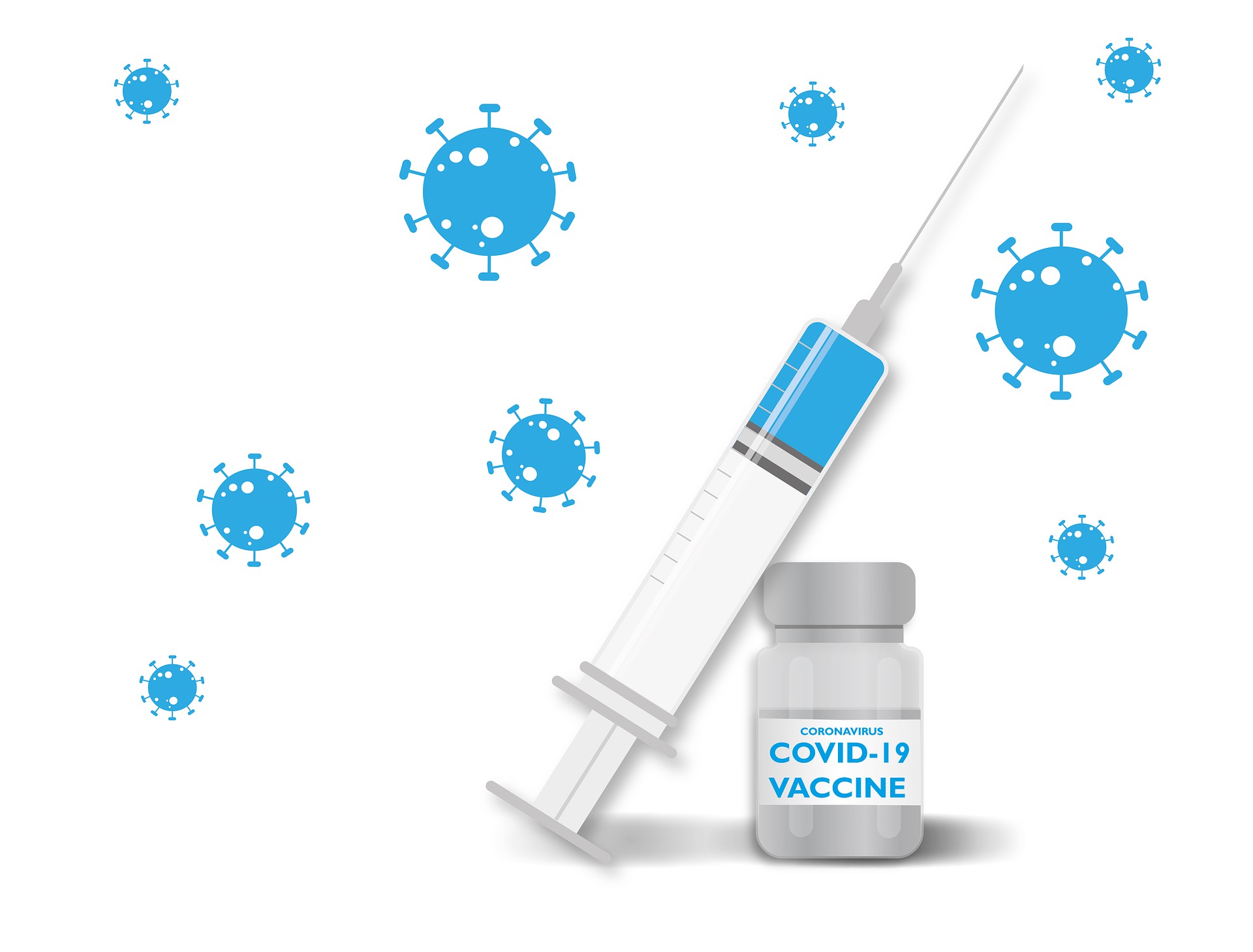In early 2021, people were at the stage of deciding whether to receive the first dose of COVID-19 vaccines or not. A barrier to vaccinating the population was that a significant portion of the vaccine-eligible population faced mixed signals about vaccines and was unsure about how to make the best decisions. With the aim to present patients with unbiased information and empower them to take an active role in their own health decisions, my team and I at Harvard Kennedy School designed a decision-aid prototype for our client, The New York City Health and Hospitals Corporation (NYCHHC), the largest municipal healthcare system in the United States serving 1.4 million patients. The rationale behind our decision aid is to shift people from automatic thinking to controlled, effortful thinking when considering the benefits and risks of vaccination. This article describes the problem we face, the intervention we designed, the randomized controlled trial results, and my reflection on the prototype with potential directions for future nudges.
The rationale behind our decision aid is to shift people from automatic thinking to controlled, effortful thinking when considering the benefits and risks of vaccination.
Despite vaccine supply starting to match demand, a significant proportion of the population of New York city was vaccine-hesitant. Minority groups, which comprised 35% of the participants, in general, responded that they wished to see more people get vaccinated or were unsure about whether to take the vaccines and wished to receive more information about the vaccine[1]City of New York. (2021). About NYC Health + Hospitals. https://www.nychealthandhospitals.org/about-nyc-health-hospitals/. From materials provided by our client, we identified that people needed more information to determine whether they should get vaccinated, and their hesitancy was primarily from a medical perspective.
 To better address patients’ concerns regarding COVID vaccines, our group then proposed a decision aid: a design that provides written and graphic information that helps patients understand their situation among people who are similar to them and their decisions. This intervention has been shown to increase the intention to vaccinate among patients[2]Wallace, Cate, Leask, Julie, & Trevena, Lyndal J. (2006). Effects of a web based decision aid on parental attitudes to MMR vaccination: A before and after study. BMJ, 332(7534), 146-148.. The overarching feature of our prototype was to nudge people to shift from more heuristic-based system 1 thinking to more rational-based system 2 thinking, and we presented this idea by providing an “NYCHHC FAQs” hyperlink on almost every page of our survey for clients to seek relevant information conveniently.
To better address patients’ concerns regarding COVID vaccines, our group then proposed a decision aid: a design that provides written and graphic information that helps patients understand their situation among people who are similar to them and their decisions. This intervention has been shown to increase the intention to vaccinate among patients[2]Wallace, Cate, Leask, Julie, & Trevena, Lyndal J. (2006). Effects of a web based decision aid on parental attitudes to MMR vaccination: A before and after study. BMJ, 332(7534), 146-148.. The overarching feature of our prototype was to nudge people to shift from more heuristic-based system 1 thinking to more rational-based system 2 thinking, and we presented this idea by providing an “NYCHHC FAQs” hyperlink on almost every page of our survey for clients to seek relevant information conveniently.
Social media and other media may present information to patients regarding either only the disadvantages or only the advantages of taking vaccines. However, our decision-aid aimed to provide the experience of jointly evaluating the risks and benefits of taking the vaccine as a debiasing measure[3]Hsee, C. K., & Zhang, J. (2004). Distinction bias: misprediction and mischoice due to joint evaluation. Journal of Personality and Social Psychology, 86(5), 680. This step also countered availability bias, the human tendency to think that examples of things that come readily to mind are more representative than is actually the case, through the visual display of risks and benefits[4]Litvak, P. & Lerner, J.S. (2009). Cognitive bias. In D. Sander & K. Scherer (Eds.), The Oxford companion to emotion and the affective sciences (90). Oxford: Oxford University Press. doi: … Continue reading. Another important feature of our design was the welfare mapping. Psychologically, making a decision such as receiving a vaccine may be difficult due to unclear mappings between decisions and outcomes[5]Thaler, R., & Sunstein, C. (2008). Choice Architecture. In Nudge: Improving Decisions about Health, Wealth, and Happiness (pp. 91–94). Yale University Press, e.g. perceived risk of side effects, or feelings of lack of control and doubt in scientific knowledge[6]Raithatha, N., Holland, R., Gerrard, S., & Harvey, I. (2003). A qualitative investigation of vaccine risk perception amongst parents who immunize their children: a matter of public health … Continue reading.
This step also countered availability bias, the human tendency to think that examples of things that come readily to mind are more representative than is actually the case
To evaluate the efficacy of our decision aid, we tested it with 21 participants. Overall, 20/21 participants said they found the decision aid helpful, 10 participants were ready to take the vaccine, 8 said they wanted to discuss it with the doctors, and 3 said they still wanted to learn more. Thus, our prototype was considered to be effective and could potentially fulfill our client’s needs to encourage patients to get vaccinated.
Thus, our prototype was considered to be effective and could potentially fulfill our client’s needs to encourage patients to get vaccinated.
As I reflected on this design after a year, I found several parts we could improve to enhance scientific accuracy and better serve our clients. Firstly, as more research has shown, adding visuals to complicated surveys can convey abstract concepts and nudge audiences more efficiently. Furthermore, our prototype could be more scientifically rigorous. We should ask our participants and potential patients where their decisions are leaning before going through the decision-aid. Based on this information, we can feed them relevant nudging information accordingly. For example, for those people who indicate that they are leaning toward taking vaccines but need more information, we can provide materials on where to take vaccines and what the experience will look like. On the other hand, for those participants who are not willing to take vaccines right now, showing them information about vaccines and experiences will not be too helpful. Instead, the joint evaluation page on what things will be like if they take and do not take vaccines as well as mapping of what people who share the same features as them are doing may work better. The work on decision aid is still at its beginning stage with a huge potential to leverage the power of personalization to assist people to make smarter decisions for themselves.
Acknowledgments
I really appreciate my teammates Sophia Li, Spencer Tiberi, and Saipriya Vasudevan for their contribution to the decision-aid as well as all the participants who completed this study on MTurk. I would also like to especially thank my boyfriend Simon Huang for his suggestion on mapping and for always pushing me to criticize my study design and improve scientific rigor.
About the Author
Chenyu Wang is a research specialist currently working at Penn Center for Social Norms and Behavioral Dynamics. She has rich research and industry experience in decision science and has worked as a consultant serving clients like Proctor & Gamble, Egypt Parliament Commissioner, and Kironde Education and Health Fund.
You can find her LinkedIn here
References
| ↑1 | City of New York. (2021). About NYC Health + Hospitals. https://www.nychealthandhospitals.org/about-nyc-health-hospitals/ |
|---|---|
| ↑2 | Wallace, Cate, Leask, Julie, & Trevena, Lyndal J. (2006). Effects of a web based decision aid on parental attitudes to MMR vaccination: A before and after study. BMJ, 332(7534), 146-148. |
| ↑3 | Hsee, C. K., & Zhang, J. (2004). Distinction bias: misprediction and mischoice due to joint evaluation. Journal of Personality and Social Psychology, 86(5), 680 |
| ↑4 | Litvak, P. & Lerner, J.S. (2009). Cognitive bias. In D. Sander & K. Scherer (Eds.), The Oxford companion to emotion and the affective sciences (90). Oxford: Oxford University Press. doi: 10.1108/09504121011077110 |
| ↑5 | Thaler, R., & Sunstein, C. (2008). Choice Architecture. In Nudge: Improving Decisions about Health, Wealth, and Happiness (pp. 91–94). Yale University Press |
| ↑6 | Raithatha, N., Holland, R., Gerrard, S., & Harvey, I. (2003). A qualitative investigation of vaccine risk perception amongst parents who immunize their children: a matter of public health concern. Journal of public health, 25(2), 161-164 |


